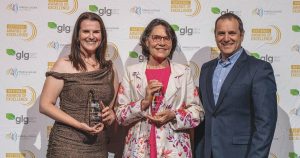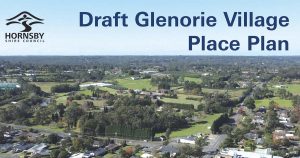In the last instalment, we learned about the beginnings of the Dural Uniting parish under the Methodist-Wesleyan church banner. This instalment looks at some of the activities that took place as part of the life of the church community.
Anniversaries were a particularly special occasion. The 1889 Anniversary at Dural Church was held on a very wet day on The Queen’s Birthday weekend, the Queen at that time being Victoria. It was attended by about 150 people who did not have the air conditioned, water tight motor cars of today. A very generous lunch was served and everyone enjoyed themselves in spite of the heavy rain.
Another great occasion was the first ever Harvest Festival held in Dural Church on 23rd October, 1918, when the first world war was still in progress. This district was particularly favoured having two citrus fruit harvests and one of summer fruits and many high quality eggs.
The annual Sunday School Picnic was held in Parramatta Park in 1923. Everyone just piled onto the backs of two trucks, and all hands helped with the catering, sandwiches, cakes, raspberry syrup, fresh local fruit in season. Running races, egg and spoon, sack races were organised.
A Young People’s Club was commenced in 1940 with a major activity being Amateur Acting. The first presentation was in November 1940 in Dural Memorial Hall, and their productions continued for a number of years. In 1950, a tennis club was formed. Many keen volunteer workers built a tennis court at the rear of the Dural property, and tennis became an important youth activity on Saturday afternoons.
The Young People’s Club became the Methodist Youth Fellowship and did much of its own organisation, continuing into the 1960s.
Another part of the church’s life involved the maintenance of the cemetery. The old Methodist-Wesleyan Cemetery, now Galston Uniting Church Cemetery, began in 1865. The cemetery is located in Derriwong Lane at Dural and can just be seen from Old Northern Road, Dural since the clearing of the land near the Dural Memorial Hall. There was a laneway belonging to the church which ran from Old Northern Road down to Derriwong Lane, and it was used by undertakers with their horses to take a shorter route to the cemetery with the coffins.
This quiet little spot is backed with bushland to the west. The earliest grave is that of William Hunt in 1865, the second oldest being the 1867 grave of Harriett Warner nee Kentwell ( formerly widow of James Roughley).
John Charles Hunt, the first President of Hornsby Shire Council ( formed in 1906), is probably the most distinguished person buried in that cemetery. Mr. Hunt died in 1930. The family of Samuel Fagan also rests there. Samuel died in 1948 and his wife Emma in 1956. Their only surviving son Bruce who gifted Fagan Park to this community died in 1984.
More of our story next month.






